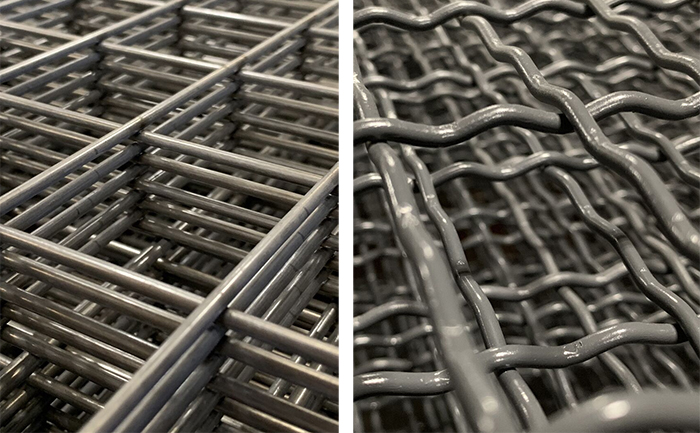Wire Security Cages: Welded vs. Woven
Wire construction plays into cage functionality

With the focus on plant security the last few years, it’s little wonder that companies are outfitting their warehouses with security partitions and cages for high-value inventory, restricted access areas, tool cribs, and other places where more physical control of the property is needed. They are superb in these functions, keeping tools, components and inventories safe for a relatively low cost vs. other kinds of security measures.
Recently we started to offer welded wire partitions alongside the traditional woven cages that have been standard in the industry for years. Both are good equipment. Both will secure an area. Both will keep unauthorized people out of places they aren’t supposed to be. But they are different products, with different applications.
For instance, DEA approved cages are almost always woven wire construction. Typical industrial cages can be either type, although welded wire is more rust-resistant, since moisture cannot enter the gap between wire weaves, as it can for woven units – spec if the application is in a wet area, or even outside.
To help you understand the differences, we’ve added this comparison matrix of the difference and advantages of each type of wire partition.
More Partition Resources:
- Security Cages and Partitions: Choosing the Right Wall Type
- Specs & Prices: Welded & Woven Security Partitions
- More warehouse security information
Tags: inventory control, security, warehouse storage, theft prevention
Scott Stone is Cisco-Eagle's Vice President of Marketing with 35 years of experience in material handling, warehousing and industrial operations. His work is published in multiple industry journals an websites on a variety of warehousing topics. He writes about automation, warehousing, safety, manufacturing and other areas of concern for industrial operations and those who operate them.



